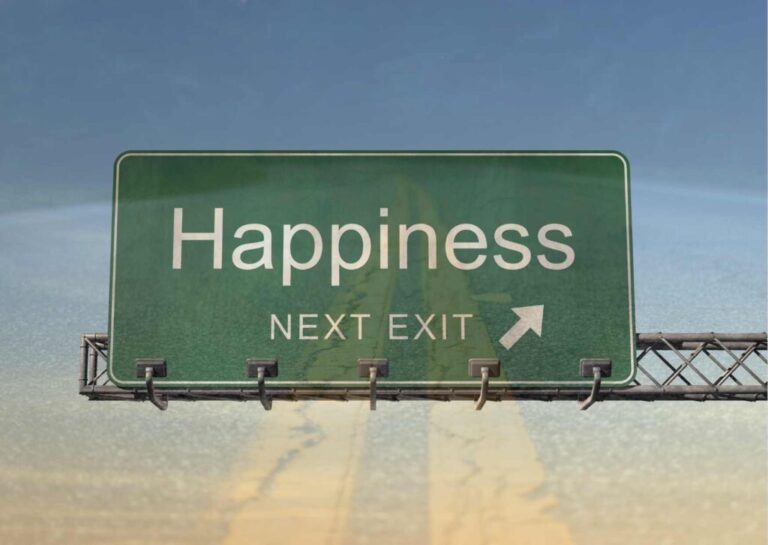
In the book Blue Zones, author Dan Buettner mentions that there are blue zones of happiness in the world, which are places where people tend to be the happiest. He encourages readers to explore these zones and understand what contributes to their happiness.
One of these blue zones is located in the Latin American subcontinent, encompassing countries like Mexico, Venezuela, and Argentina. People in these regions are known for their strong family and religious values, making them some of the happiest in the world. This seems to be consistent with my findings, which state that the social and spiritual pillars of life are very important for personal happiness.
Moreover, collective cultures, such as those found in Latin America, appear to foster greater happiness compared to individualistic cultures. As such, individualistic societies tend to prioritize materialism and egoism, factors that may contribute to lower levels of happiness. In contrast, more altruistic and egalitarian countries, like those in Latin America, tend to have happier populations.
Happiness reason 1: Collectivism
Happiness reason 2: Religious orientation
This is not to mention the natural beauty of these countries, together with the warm climate that seems to make people happier.
Happiness reason 3: Natural beauty
Happiness reason 4: Good climate
However, collectivism and religious orientation in Latin American countries can be explained by a darker side, such as the ongoing fight against corruption and violence. These issues unfortunately detract from the natural friendliness and beauty of Latin America, keeping the population in a perpetual state of struggle for safety, financial security, and overall well-being.
Unhappiness reason 5: Corruption
Unhappiness reason 6: Violence
As such, it may seem almost a necessity that Latin America turns to these virtues and vices, as when people are undermined and repressed, they turn to each other, God, and violence as a way to deal with their negative situation.
As far as I understand, there are some historical factors to explain the unstable situation in Latin American countries, such as what happened during the Cold War (1947 – 1991) when the two superpowers (USA and Soviet Union) divided and intervened in the Latin American area (as well as many other parts of the world) by providing weapons, undermining political leaders, and generally promoting destabilization different political arenas, which to this day hasn’t recovered in many of these and many other parts of the world.
Of course, this events just added fuel to the already existing problems that started with colonization, such as the removal of natural resources from these areas and the establishment of sub-optimal political structures, which Abhijit Banerjee and Esther Duflo, authors of Poor Economics, state to still exist in these countries to this day.
However, we don’t know what would happen if we were to fix corruption and violence, as maybe Latin American countries could turn away from the collectivistic culture they embraced to survive their dark side, embracing characteristics of individualistic cultures, or if they would maintain their unique cultures.
Naturally, this is pure speculation, and there are many noteworthy differences between different Latin American countries. However, one thing is certain: if everyone in the world were a bit more collectivistic, a bit less individualistic, and more religion-oriented, we would have a much better and happier world.
To learn more about how to be happier, please continue reading this blog or subscribe to one of our coaching programs.
Stay happy.















2 thoughts on “Happiness in Latin American: Mexico, Colombia, Brazil, Etc.”
Beautiful! ‘Blue Zones’ also points to the communities being optimally healthy, with people living long lives without disease, and highlights a healthy, whole foods plant-based diet among the factors of family and spirituality. Thank you for sharing this!
I consider myself a very happy person, it is a joyful life to smile often and see beauty in everything:)
✌️👍🏻